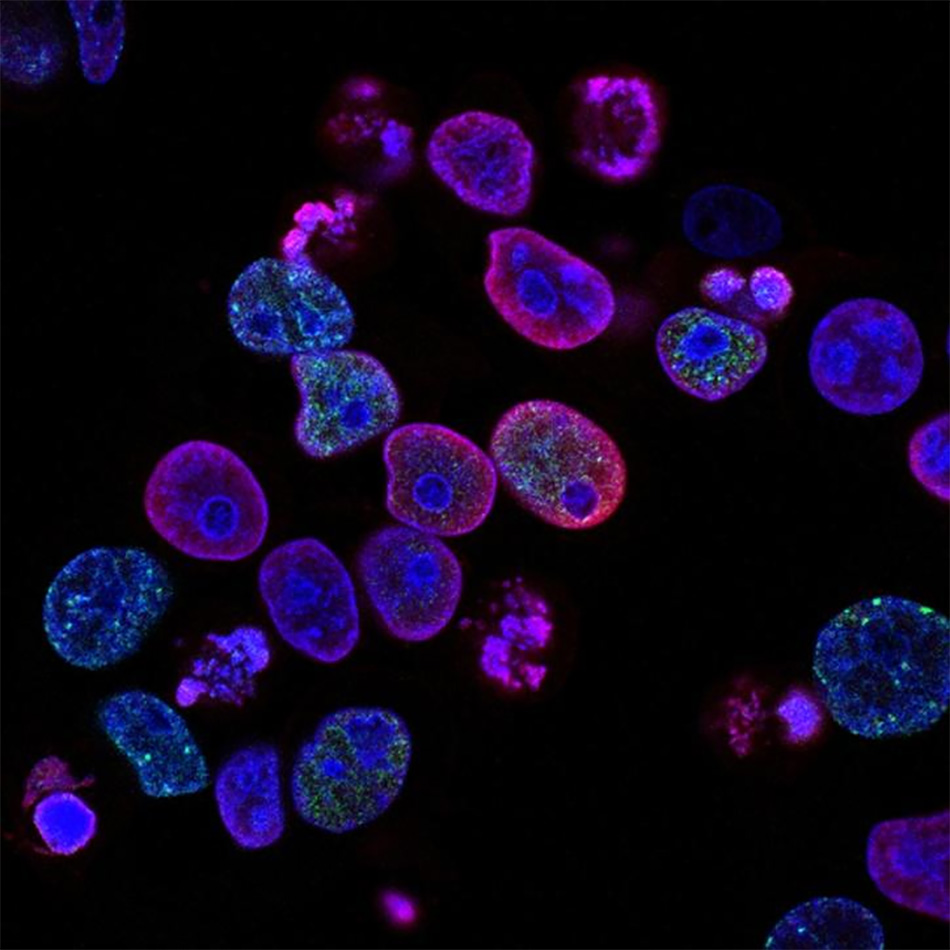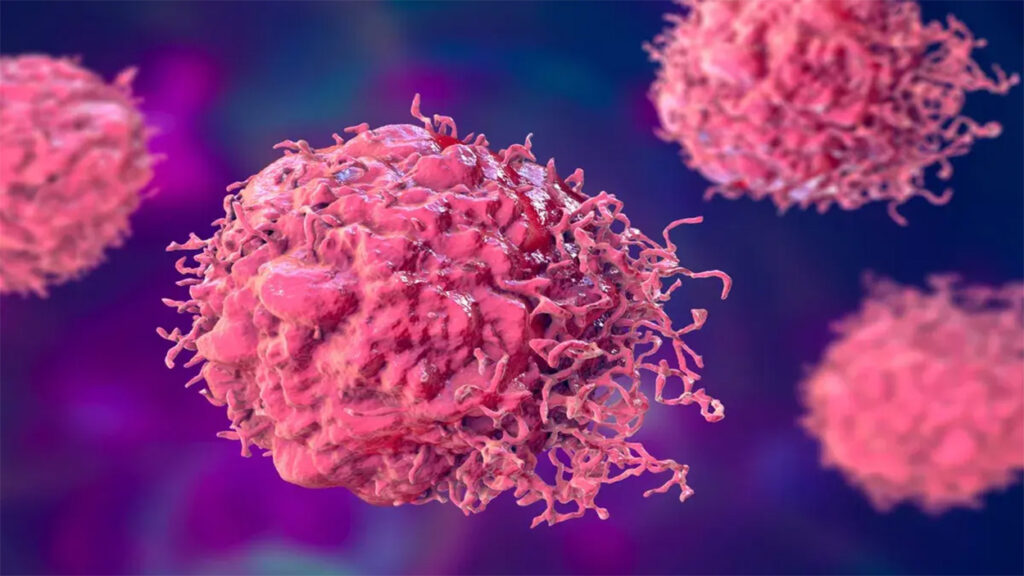Chinese Researchers Develop Nanoplatform to Kill Cancer Cells

Statistically, the leading cause of death worldwide is cancer, with millions dying yearly. Based on statistics, breast cancer is the most common type of cancer.
Cancer is a disease that can occur suddenly. It arises from changing normal cells into tumor cells in a multi-stage process. It can start from a precancerous lesion to a malignant tumor when undetected. However, several types of cancer are curable, especially if detected early.
Treatment becomes more difficult if the cancer has advanced. Traditionally, treatment methods like radiation therapy, surgery, or chemotherapy can destroy cancer cells. However, the process can also cause healthy tissues to degenerate.
Treating cancer is challenging because very little is known about how the disease spread through the blood.
Innovative solution for breast cancer
Recently, Chinese researchers announced that they developed a solution that prevents not only the growth of primary tumors but also tumors that have metastasized (spread to other parts of the body). The researchers are from Donghua University’s Shanghai Engineering Research Center of Nano-Biomaterials and Regenerative Medicine. The research lead authors, Shi Xiangyang and Cao Xueyan have been attempting for ten years to employ nano-biotechnology to diagnose and treat cancer.
According to the news report, the research team developed an intelligent nanoplatform that can target several factors related to tumor growth and metastasis simultaneously. They call the nanoplatform an “aircraft carrier” because each particle has a specific task to perform. The scientists used a polymer resembling tree branches for the platform’s deck, where they mounted the “weapons” or medicines they needed. They modified the deck’s surface to target the LyP-1 peptide as a targeting agent. The agent can selectively bind to proteins in breast cancer cells and kill them. The process allows the nanoplatform to navigate and seek the tumors.
The team also explained that they combined copper sulfide (CuS) and DMXAA into their platform. The latter is one of the most promising vascular disrupting agents (VDAs) that speeds up the shutdown of blood flow only in tumors. It does not affect normal tissues. The researchers said that when the CuS nanoparticles are exposed to near-infrared light, they produce heat that can destroy cancer cells through photothermal therapy. At the same time, the DMXAA causes the tumor vascular cells’ death and, eventually, the tumor tissues’ death. The combination not only kills the tumor cells but also induces the patient’s immune system to fight the disease. It can potentially prevent the spread of cancer cells to other parts of the body.

Promising results
According to their study, published in the peer-reviewed journal Small, their nanoplatform has good stability, uniform size, and high photothermal conversion efficiency. Moreover, the drug release performance of their nanoplatform was satisfactory. Based on their in vitro experiments, the targeting ability of the nanoplatform is excellent.
The authors of the study hope that their nanoplatform method can be further developed for clinical use to treat other forms of cancer.